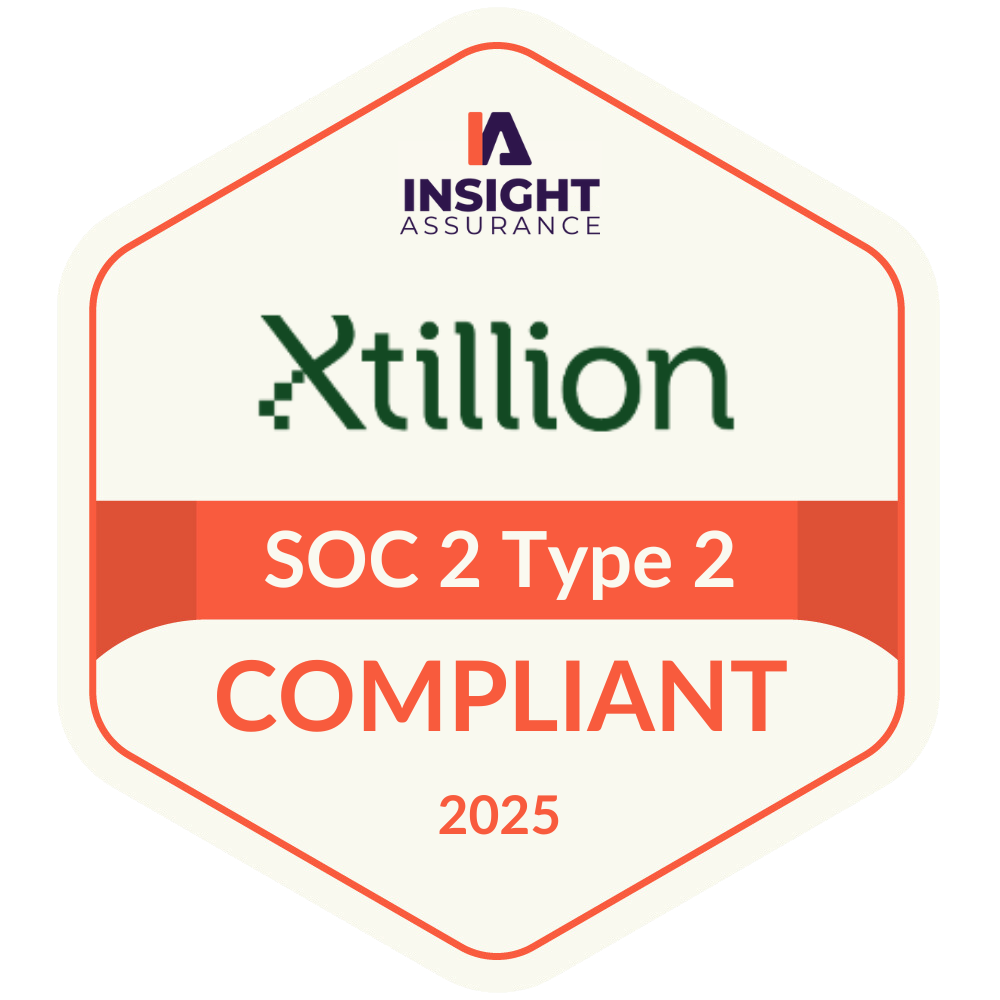"AI work is rarely linear. There’s often no “right answer” or fixed end state. Progress isn’t about having the perfect plan – it's about securing strong executive sponsorship, focusing on a single, meaningful metric, and assembling a flexible, capable team."
In today’s accelerated AI landscape, leaders are increasingly tasked with managing the unknown. The promise of machine learning and generative models is immense, but so too is the ambiguity that comes with deploying them in real-world business settings. Unlike traditional software, AI systems often behave stochastically, learn from dynamic data, and evolve in ways that aren’t always easily interpretable.
For organizations seeking to harness AI’s potential, one critical challenge emerges: How do you set the conditions for success when navigating uncharted waters? This article offers three principles to guide leaders through that complexity: belief, clarity, and adaptability.
1. Foster Belief through Executive Sponsorship
Few AI initiatives reach their potential without the right executive sponsorship. In a landscape defined by both opportunity and uncertainty, leaders at the top must bring more than authority – they bring clarity and conviction.
True sponsorship demands a deep understanding of the business, the industry, and where AI can disrupt, transform, or create new value. It also requires a realistic view of AI’s potential, paired with the discipline to keep teams focused on what truly matters. The most effective sponsors act as the organization’s chief evangelists, committed to the vision, translating technical progress into business relevance, and creating space for experimentation. Like any breakthrough effort, AI success requires not just execution, but belief. And it starts at the top.
That belief must be matched by an R&D mindset. AI is not a turnkey solution, but an iterative, exploratory process. Effective sponsors create room for measured risk-taking and understand that failure isn’t just possible, it’s essential for learning. At the same time, good judgment is non-negotiable. Knowing when to pause an effort, redirect resources, or double down on an emerging opportunity separates organizations that experiment aimlessly from those that innovate with intent.
On a recent engagement, sponsorship stemmed directly from the CEO, who played an active role in shaping the scope and aligning the effort to critical business outcomes. The objective was to develop an intelligent agent capable of interfacing with the existing platform to retrieve claims-related data and execute real-time actions such as benefit estimations. Delivering on this goal required deep alignment with the business context, a clear understanding of platform architecture, and a precise interpretation of user needs. Executive sponsorship was essential, not only in prioritizing the initiative but in enabling rapid iteration and strategic pivots. With clear business sponsorship in place, the focus shifted to aligning on a measurable definition of success, one that would ground development and guide decision-making at every level.
2. Provide Clarity by Prioritizing a Singular Metric
One of the most powerful tools in evaluating and deploying AI is defining a single, business-aligned objective and, crucially, a clear metric to gauge success. For the client discussed in this article, that metric was accuracy.
While deceptively simple, defining a singular priority was one of the most challenging and critical parts of the process. AI projects often invite a proliferation of metrics: latency, explainability, groundedness, user engagement, and more. But too many metrics can dilute focus and create misalignment. Our team chose to center the work around a customized definition of accuracy that reflected both technical behavior and business expectations.
To address the unique challenge at hand, our team developed an AI agent for which traditional evaluation metrics, such as model drift or objectivity, were insufficient. Success was defined through observable behavior: the agent’s actions needed to align with expectations, follow the correct sequence of operations in response to user input, and ultimately deliver accurate, helpful outcomes. These behavioral dimensions were translated into a working definition of accuracy that focused on three key aspects: accessing the correct sources, executing the appropriate steps, and producing relevant, high-quality responses.
To operationalize this definition, we co-developed a test set simulating real-world user scenarios. Our performance goal was clear: exceed 90% accuracy. The initial benchmark stood at 56%, highlighting a significant opportunity for improvement. Without a pre-existing solution to build upon, the team mobilized quickly. Within two weeks, through focused iteration and tight cross-functional alignment, we achieved a 92% success rate. By maintaining focus on a single, tailored accuracy metric, we created a shared reference point that supported effective communication and prioritization across technical and leadership teams. In a domain often characterized by ambiguity, this clarity proved to be a critical advantage.
3. Enable Adaptability by Unleashing the Right Team
AI work is rarely linear. There’s often no “right answer” or fixed end state. Progress isn’t about having the perfect plan – it’s about having the right people.
That means assembling a cross-functional team designed to operate effectively in ambiguity. Software and AI engineers bring the technical capabilities to build, iterate, and optimize complex systems. Industry subject matter experts anchor the work in real-world relevance, ensuring solutions align with practical needs. Product owners connect vision to execution, translating broad goals into focused delivery.
For the engagement, the team included a technical engagement manager with deep AI expertise and working knowledge of the healthcare domain, a product owner with strong subject matter expertise in healthcare operations, platform engineers with deep knowledge of the client’s systems, and AI engineers responsible for building and refining the agentic capabilities. The team remained aligned not only internally but also with executive leadership, ensuring strategic coherence throughout delivery. This multidisciplinary structure allowed the team to operate with both technical precision and contextual awareness. These roles don’t function in silos; they collaborate closely, challenge assumptions, and adapt together as conditions evolve. The strength of the team lies not just in its individual expertise, but in its ability to learn quickly, align continuously, and make confident decisions in uncertain terrain.
Traditional roadmaps often become obsolete before execution begins. When the path is uncertain, what matters most is assembling a team with the skills, mindset, and resilience to operate amid ambiguity. The real challenge isn’t prescribing every step but trusting individuals to explore countless viable paths and to adapt when the terrain shifts. In this kind of environment, autonomy, creativity, and good judgment matter as much as technical expertise. AI success goes beyond models and into the people who know how to shape, test, and steer them in complex, evolving contexts.
Closing Thoughts
AI comes with a lot of promise, but also a lot of uncertainty. Unlike legacy technologies, the path to success isn’t always clear or predictable. What matters most is building the right habits: learning quickly, staying aligned, and being willing to adjust course when needed.
By securing strong executive sponsorship, focusing on a single, meaningful metric, and assembling a flexible, capable team, leaders can create the right conditions for progress. You don’t need to have every answer up front. What’s more important is creating an environment where teams can figure things out, move fast, and stay focused on what matters. That’s how organizations make real progress with AI: step by step, decision by decision.
Let's Connect
Contact Us
Let's Connect
Contact Us



